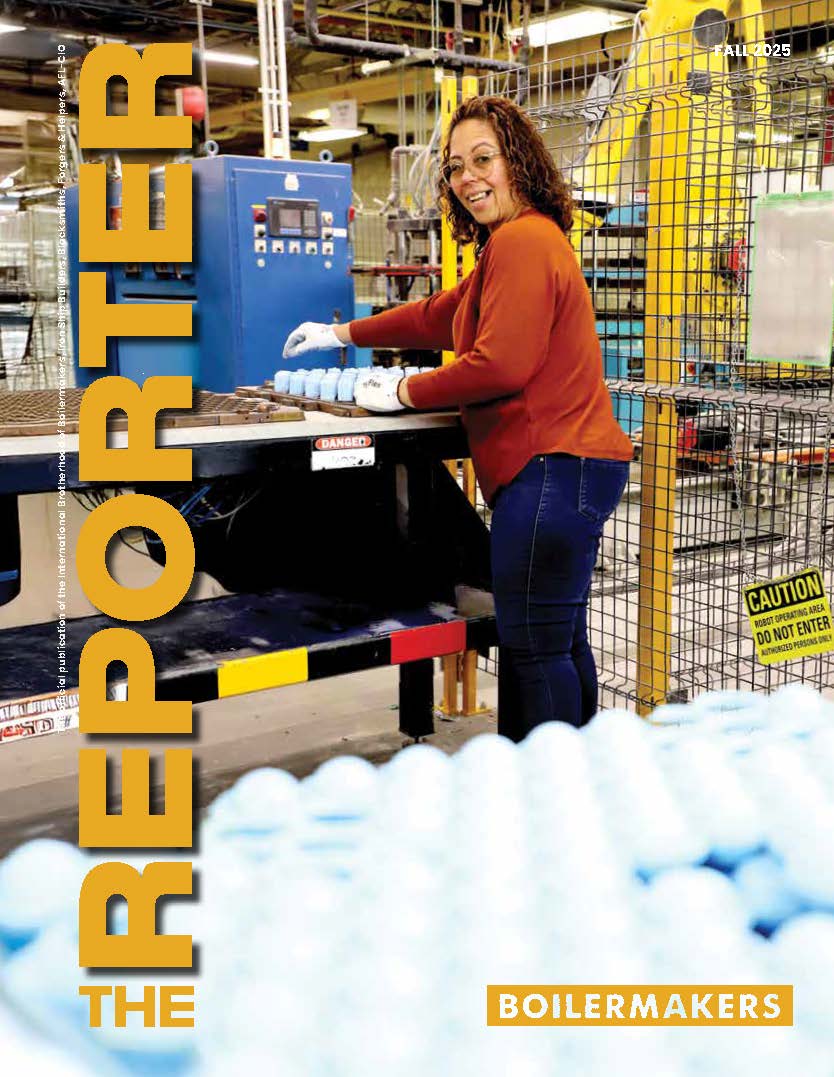More than one million exposed, agency estimates
THE U.S. DEPARTMENT of Labor’s Occupational Safety and Health Administration (OSHA) has released a new guidance document — “Preventing Skin Problems from Working with Portland Cement” — to educate employers and employees about effective ways to prevent skin-related injuries in the cement and cement-related industries. The Boilermakers International has distributed information about the guide to cement lodges. The document can also be viewed at www.osha.gov/dsg/guidance/cement-guidance.html.
Portland cement is a generic term used to describe a variety of building materials that have strong adhesive properties when mixed with water. Wet portland cement can damage the skin, because it is caustic and abrasive and it absorbs moisture. It also contains trace amounts of hexavalent chromium, a toxin harmful to the skin. Portland cement is an ingredient in concrete, mortar, plaster, grout, stucco, and terrazzo.
The new guidance addresses ways to prevent or minimize skin problems through the proper selection and use of gloves, boots, and other personal protective equipment, including kneepads; proper skin care and work practices such as use of pH neutral or slightly acidic soaps; and ways of making cement products less hazardous.
“The safe handling of cement obviously is important to Boilermakers working in the cement industry,” said Mark Garrett, the Boilermakers’ health and safety specialist. “One of the best things members can do is not to bring contaminants home with them. Wearing proper gloves and decontaminating work clothes is essential.
“You want to come home the way you left — and you want to leave work material at work, where it belongs,” Garrett said. “That applies to cement as well as other types of materials. I know of a case where a welder got slag and other metal debris on his work clothes, then wore those same clothes home. When his three-month-old baby developed eye problems, medical staff determined that debris had gotten into the infant’s eyes as the father held it.”
OSHA estimates that there are more than one million employees that work with either portland cement or concrete which contains portland cement. The product is estimated to account for 25 percent or more of all work-related skin problems, while occupational skin disease is estimated to account for 10-15 percent of all work-related diseases.





